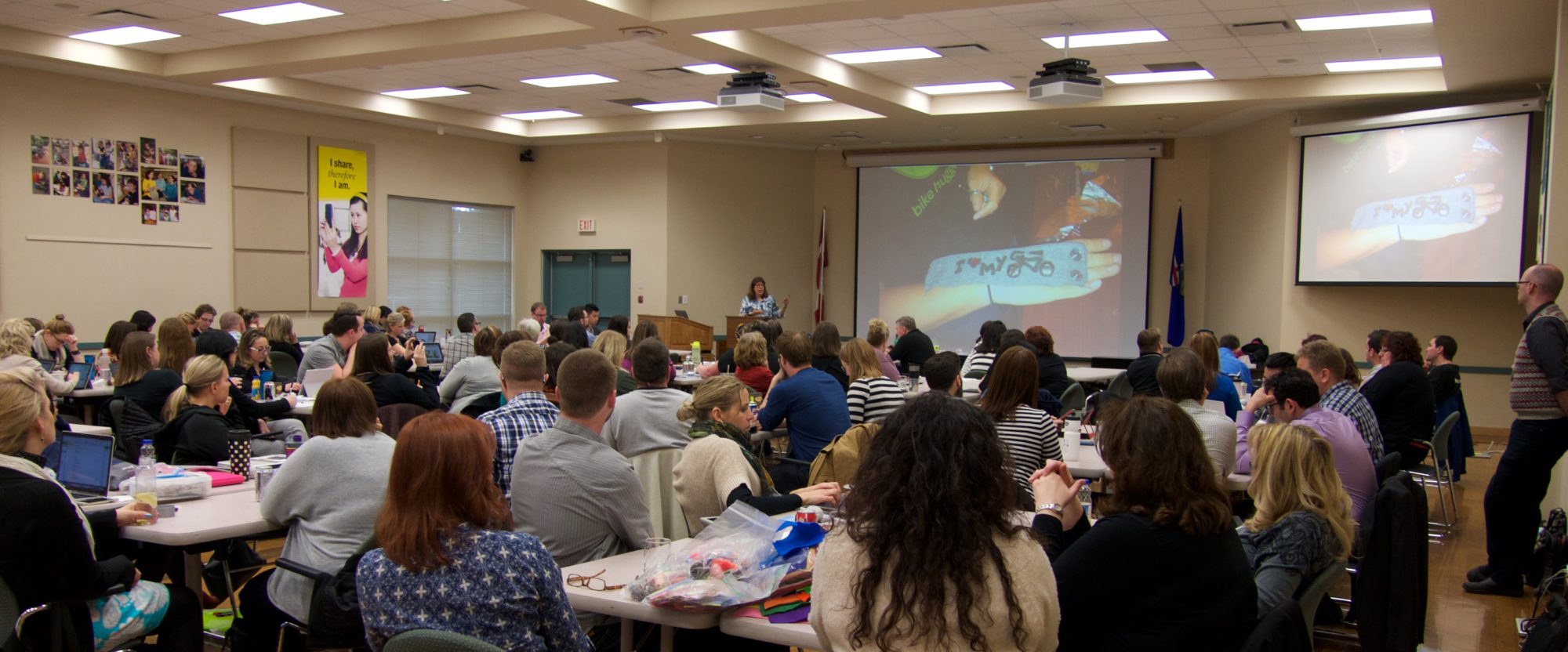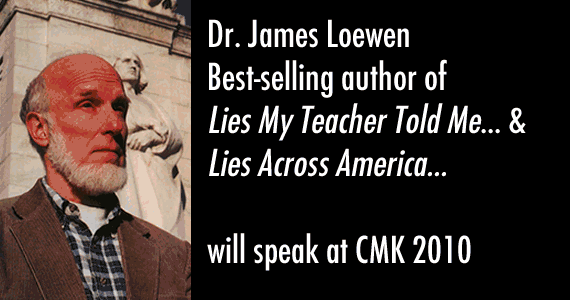“Please do the following: sit down with your child (and they are just children still) and tell them that they are not allowed to be a member of any social networking site. Today!
Let them know that you will at some point every week be checking their text messages online! You have the ability to do this through your cell phone provider.
Let them know that you will be installing Parental Control Software so you can tell every place they have visited online, and everything they have instant messaged or written to a friend. Don’t install it behind their back, but install it!
Over 90% of all homework does not require the internet, or even a computer. Do not allow them to have a computer in their room, there is no need”
From an e-mail sent home from a New Jersey middle school principal attempting to curb cyberbullying at his school (source)
Changes in technology mirror changes in society and culture, and can impact schools in a number of ways. Some schools hide their heads in the sand. Some take extreme stands like the principal quoted above. Some attempt to address the issues more evenhandedly, even though the law is not clear, nor is the “right” thing to do always obvious.
Schools try to create policies to address issues of cybersafety, security, fair use, and other new issues brought up as technology changes. But these are not actually policy issues, any more than cyberbullying is a technology issue.
People have difficulty making a choice when presented with too many options. And schools are collections of people, and to make it more complicated, people who do not have ultimate authority since they have to answer to parents, the community, school boards, district, city, state, and national oversight.
I just read a study that said that when people do make a choice from among equal options, afterwards they realign their thinking to elevate whatever choice they made to be the best one. We’ve all seen this, once a school policy gets created, it’s hard to change people’s minds. It’s not just that it’s a lot of work to re-do policy, it’s also that once you do the work, your mind creates the illusion that the work and choices you’ve made are the best and most valuable.
As schools face cyberbullying, sexting, fair use, online security, etc. they see a confusing array of policy, tradition, legal, moral and ethical concerns. When confused, people retreat from the threat. Then once that choice to retreat is made, even if they know it’s not optimal, they remain stubbornly wed to that choice.
Julie Evans of Student Speak-Up shared this insight last year after her focus groups with students said that teachers who got training about the Internet started using it less. Confusion creates support for limitations, and those limitations get set in stone. It’s human nature.
To me, this makes the task to involve schools in making informed choices regarding technology policy even more urgent.
The problem with this principal’s stand is not that he’s wrong. In fact, he’s probably right. If he had a magic wand and could actually make parents stop their children from texting and accessing the Internet, and the children actually stopped, and we rolled the clock back to 1970, we could just go back to the good old days of kids harassing each other in person.
The problem with this principal’s plan is that it won’t work. We simply can’t put this genie back in the bottle. We HAVE to address the issue of digital citizenship in the real climate that children actually live in.
This is a floodgate well and truly open, whether or not you declare it closed.

